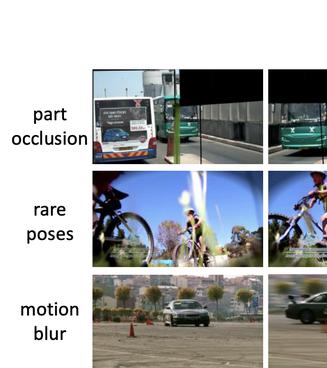Zigzag Learning for Weakly Supervised Object Detection
This paper addresses weakly supervised object detection with only image-level supervision at training stage. Previous approaches train detection models with entire images all at once, making the models prone to being trapped in sub-optimums due to the introduced false positive examples. Unlike them, we propose a zigzag learning strategy to simultaneously discover reliable object instances and prevent the model from overfitting initial seeds. Towards this goal, we first develop a criterion named mean Energy Accumulation Scores (mEAS) to automatically measure and rank localization difficulty of an image containing the target object, and accordingly learn the detector progressively by feeding examples with increasing difficulty. In this way, the model can be well prepared by training on easy examples for learning from more difficult ones and thus gain a stronger detection ability more efficiently. Furthermore, we introduce a novel masking regularization strategy over the high level convolutional feature maps to avoid overfitting initial samples. These two modules formulate a zigzag learning process, where progressive learning endeavors to discover reliable object instances, and masking regularization increases the difficulty of finding object instances properly. We achieve 47.6% mAP on PASCAL VOC 2007, surpassing the state-of-the-arts by a large margin.
PDF Abstract CVPR 2018 PDF CVPR 2018 Abstract





 PASCAL VOC 2007
PASCAL VOC 2007
